My Neighborhoods
Altadena is an unicorporated community in Los Angeles county with a population of 43,000. The city is located just beneath the San Gabriel Mountains and between the Arroyo Seco and Eaton Canyon. Just 13 miles northeast Los Angeles and directly north of the city of Pasadena it is an ideal location for both business professionals and naturists. The area boasts a stunning physical setting and convenient location all at one time
The name Altadena derives from the Spanish alta, meaning “upper”, and dena from Pasadena; the area is adjacent to, but at a higher elevation than, Pasadena.
All information about Altadena courtesy of Wikipedia.
Homes in this area range from classic turn of the century Craftsman homes, to iconic Jane’s Cottages to Mid-Century Modern specticales and everything else in between. The combination of location, nature and stunning architecture keep this community in high demand.
ALTADENA, A SPECIAL FOOTHILL COMMUNITY
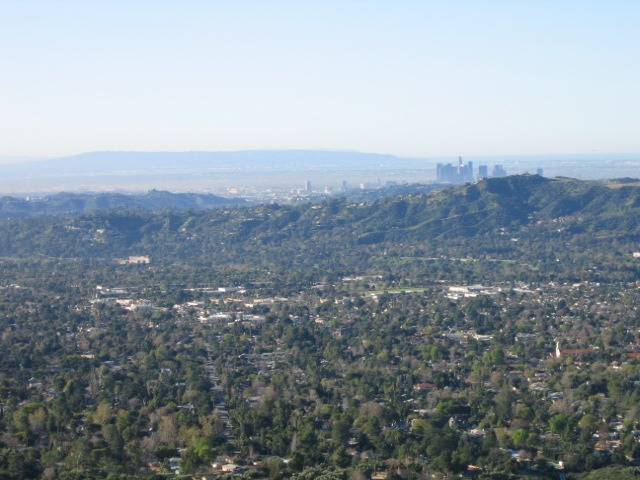
SOUTH PASADENA, TREE CITY USA & WONDERFUL SCHOOLS
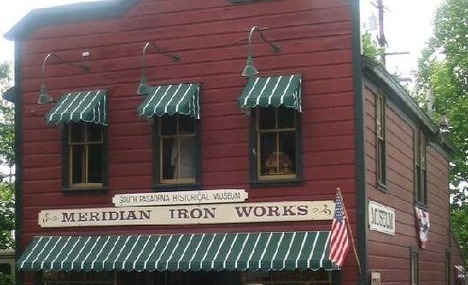
The City of South Pasadena is just to the south of Pasadena and is one of the LA areas most coveted school districts and real estate markets. This small but influential city boasts small town feeling while being uniquely positioned just minutes from major civic centers such as Downtown Los Angeles, Pasadena and Glendale. The city has it’s own fire and police departments and won it’s independence from Pasadena on March 2, 1888. With rich history including the Ostrich farm and Arroyo Seco, coupled with classic Craftsman homes this area is not to be missed. Inventory in this market generally moves very fast and tends to appreciate faster than other neighboring communities. Once you visit this charming place you will understand why!!
(I was born and raised in South Pasadena and attened local schools from K-12. I can testify to the brilliance of the school system and the culture)
Is a city in Los Angeles County, California. As of the 2010 US Census, the population of Pasadena was 137,122, making it the 180th largest in the United States, down from 168th place in 2009. Pasadena is the ninth-largest city in Los Angeles County, and on June 19, 1886, became the fourth to be incorporated in Los Angeles County, after Anaheim (February 10, 1870) and Santa Ana (June 1, 1886), which were part of Los Angeles County until Orange County was formed in 1889. It is one of the primary cultural centers of the San Gabriel Valley.
Although famous for hosting the annual Rose Bowl foortball game and Tournament of Roses Parade, Pasadena is also the home to many scientific and cultural institutions, including the California Institute of Technology (Caltech), the Jet Propulsion Labratory (actually in La Canada Flintridge), Pasadena City College (PCC), Fuller Seminary, Art Center College of Design, the Pasadena Playhouse, the Norton Simon Museum of Art and the Pacific Asia Museum.
All information about Pasadena courtesy of Wikipedia.
Known for it’s terrific neighborhoods and some of the finest examples of Craftsman architecture in the state. Neighborhoods like Bungalow Heaven and Washington Square exemplify this fact and are part of what make the home ownership experience in Pasadena so special!!
PASADENA, THE CROWN CITY
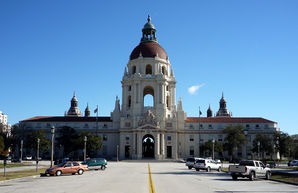
EAGLE ROCK, THE NAME SAYS IT ALL
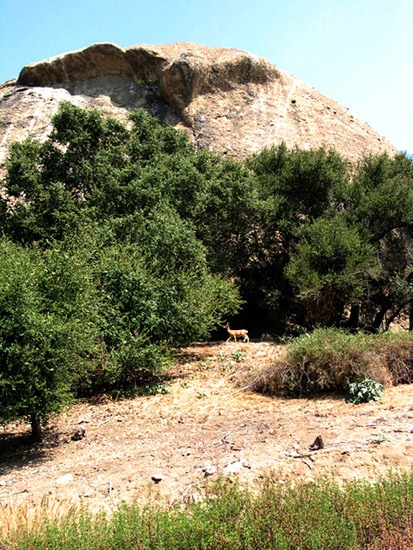
Eagle Rock is bordered by the city of Glendale on the north and west, Highland Park on the southeast, Glasell Park on the southwest and the cities of Pasadena and South Pasadena on the east. Major thoroughfares include Eagle Rock Boulevard and Colorado Blvd, with Figueroa St along the eastern boundary. The Glendale and Ventura freeways run along the district’s western and northern edges, respectively.
Hill Avenue, now Hill Drive, was (and still is) one of Eagle Rock’s most beautiful streets. Other streets were Royal Drive (now Mt. Royal Drive), Acacia Street (now Laverna Avenue), Kenilworth Avenue (now Hermosa Avenue), Highland Avenue (now Highland View Avenue), and Fairmont Avenue (now Maywood Avenue). In the 1950s, newer streets such as Kincheloe Drive were extended into the hillsides for the building of larger homes with a view of the city. Today these streets are dotted with large and expensive homes on wide lots.
The neighborhood is home to many historic and architecturally significant homes, many done in the Craftsman, Georgian, Streamline Moderne Art Deco and Mission Revival styles.
Eagle Rock is one of the few cities incorporated by Los Angeles to still have its original pre-annexation City Hall (2035 Colorado Blvd.). The original library was built with the aid of a Carnegie grant was built in 1914. This library was replaced in 1927 with a new structure which used one wall and the basement of the old library. This building (2225 Colorado Blvd.) has since been listed on the National Register of Historic Places and converted into the Center for the Arts, Eagle Rock, previously the Eagle Rock Community Cultural Center.
The neighborhood is inhabited by a wide variety of ethnic and socioeconomic groups and the creative class. Over the past decade the Eagle Rock and neighboring Highland Park have been experiencing gentrification, as young urban professionals have moved from nearby neighborhoods such as Los Feliz and Silver Lake. A core of counter-culture writers, artists and filmmakers has existed in the town since the 1920s.
One of the oldest settled areas of Los Angeles, Highland Park is also one of the most scenic due to its architecture and location between the Mt. Washington hills, the San Rafael hills and the Monterey Hills of Los Angeles, California. It has sprawling parks, including the Arroyo Seco Park and the Ernest E. Debs Regional Park. The Southwest Museum, with one of the largest and most significant collections of Native American artifacts in the country, is located in adjacent Mt. Washington. The light rail Metro Gold Line travels from East Los Angeles Atlantic Station through Union Station to Pasadena, traversing all of Highland Park.
The neighborhood has experienced economic highs and lows during its first 100 years, most recently enjoying a Renaissance. After the Mexican-American War ended in 1848, California became part of the United States and Rancho San Rafael was subdivided, creating the neighborhood of Highland Park. In the early 20th century, Highland Park and neighboring Pasadena became havens for artists and intellectuals who led the Arts and Crafts movement.
In the final decades of the 20th century, Highland Park suffered waves of gang violence however law enforcement, coupled with community awareness efforts such as the annual Peace in the Northeast March, have led to a drastic decrease in violent crime in the 2010s.
By 2012, Highland Park had become the hottest hipster place. Starting in the early 2000s, a diverse mix of people began arrived to Highland Park to seek out, buy, and revitalize Craftsman homes, some which had suffered neglect over the decades. Sadly, many of Highland Park’s oldest homes were razed during the 1950s and 1960s. One architecturally significant home made its way to Heritage Square Museum, thanks to the efforts of local activists dedicated to saving Victorian homes scheduled for demolition. Like Eagle Rock, Highland Park has steadily seen some gentrification. People from across the region have been attracted to the historic Craftsman homes that escaped demolition. Its relatively low rents have made it increasingly popular among “hipsters”
Once again, Highland Park is building a reputation as a mecca for artists, with trendy shops, galleries, bars and restaurants opening throughout the neighborhood. The continuation of several long-time businesses lend credibility to the neighborhood hipster status and add to its charm. New hipster clubs have joined the local dive bars, with all become trendy gathering places like the York, La Cuevita (formerly the Little Cave) and Mr. T’s. A number of shops selling vintage clothes and boutiques offering hip home-decor accessories have opened along York Boulevard.
HIGHLAND PARK, LA's HIP NEIGHBORHOOD

MONTEREY HILLS, AN IDEAL LOCATION
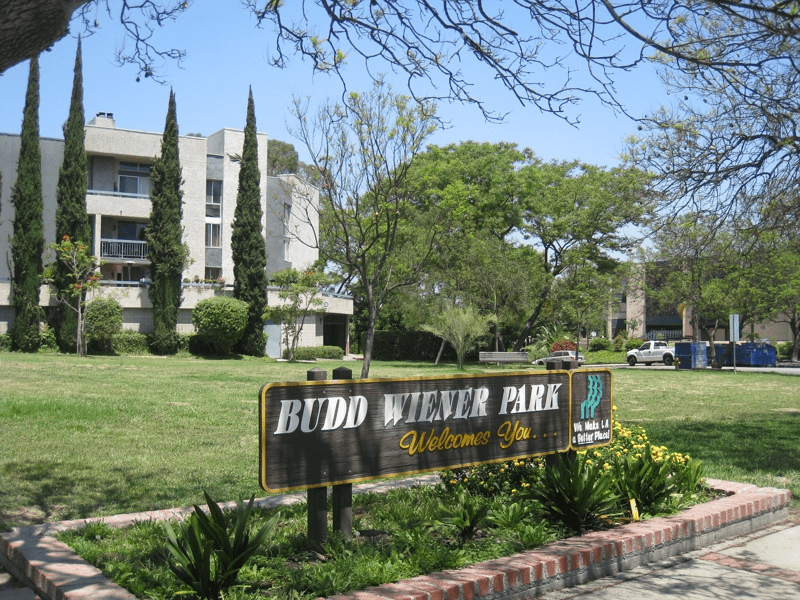
Monterey Hills is a small, diverse, middle-class community within the city of Los Angeles, California located about 4 miles ENE of Downtown Los Angeles and about 3 miles from Pasadena off of the 110 Freeway. It is surrounded by El Sereno to the southeast, Hermon to the east, Monecito Heights to the southwest and the independent city of South Pasadena to the northeast. Monterey Hills is part of the Arroyo Seco Neighborhood Council (ASNC). Monterey Hills is also Los Angeles’ easternmost neighborhood.
The Monterey Hills Redevelopment Project, adopted by City Council on July 29, 1971, includes the development of a well planned residential community that provides a variety of housing opportunities for families and individuals from all income levels and the preservation of the physical integrity of the site. Twenty-one condominium and rental complexes totaling 1,781 units have been built in the project area. In the late 1980s, some developments experienced varying degrees of soil settlement, and certain buildings showed signs of structural distress.
From 1989-1990 The Monterey Hills Development on whole was the subject of the longest civil jury trial in Los Angeles County History due to land subsidence. The Castro firm sued the massive 200-unit Eaton Crest project in Monterey Hills, a structure that was constructed on an unstable 100-foot-deep (30 m) landfill. The $21,634,466 award reported by the Los Angeles Daily Journal was the largest jury award of the year.
Lawsuits filed by homeowner associations against the Agency and others resulted in a Global Settlement Agreement in 1991. Necessary soil, structural and cosmetic repairs are now the responsibility of individual homeowner associations to be paid by the Global Settlement Fund. Subsequent to the Global Settlement, one additional project, the 16-unit Bradley Court Condominiums, has been completed.
Despite its rocky past, the Monterey Hills neighborhood has enjoyed steadily rising property values, thanks in large part to Southern California’s Real Estate boom circa 2001–2005. Most, if not all, of the severe structural subsidence issues that previously afflicted almost all of the associations built in the area have since been remedied and continue to be updated and maintained from funds still held in trust from the Global Settlement fund.
It’s convenient location to the 110 Arroyo Seco Parkway make it ideal for business professionals who need quick access to major civic centers like Downtown Los Angeles and Pasadena, which typically takes 10 minutes or so by auto. Couple that with USC Medical, USC Campus and Occidental college all nearby and you have yourself an affordable community that will remain in high demand. Several of the buildings and units offer gorgeous vistas and unobstructed views of the surrounding neighborhoods and the Downtown LA Skyline. A pet friendly community it is not uncommon to see homeowners walking their dogs and taking in the day at Bud Weiner Park.

